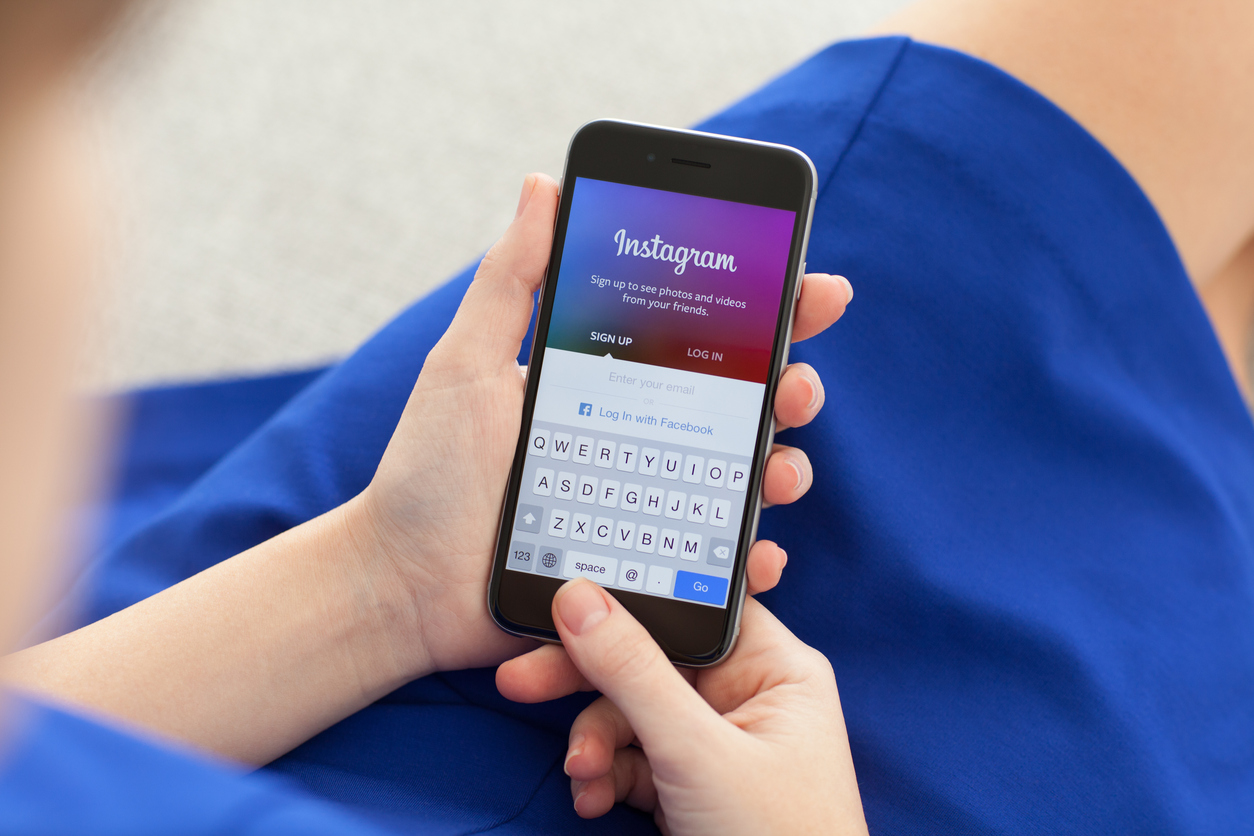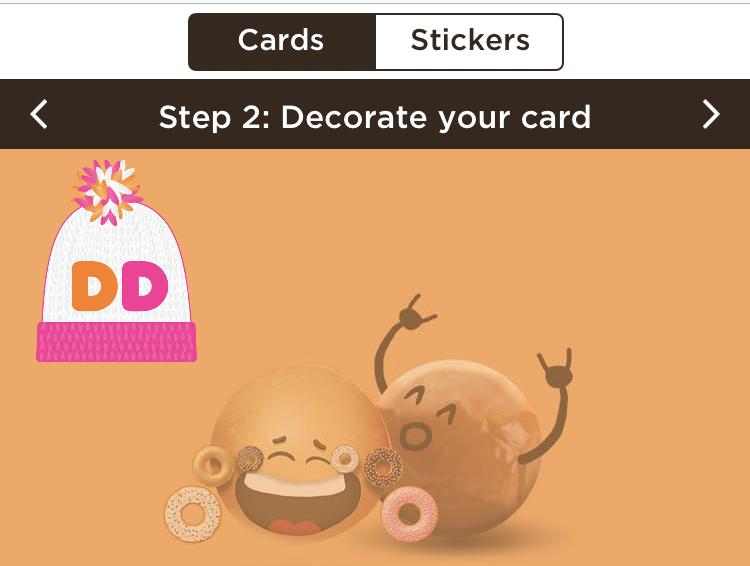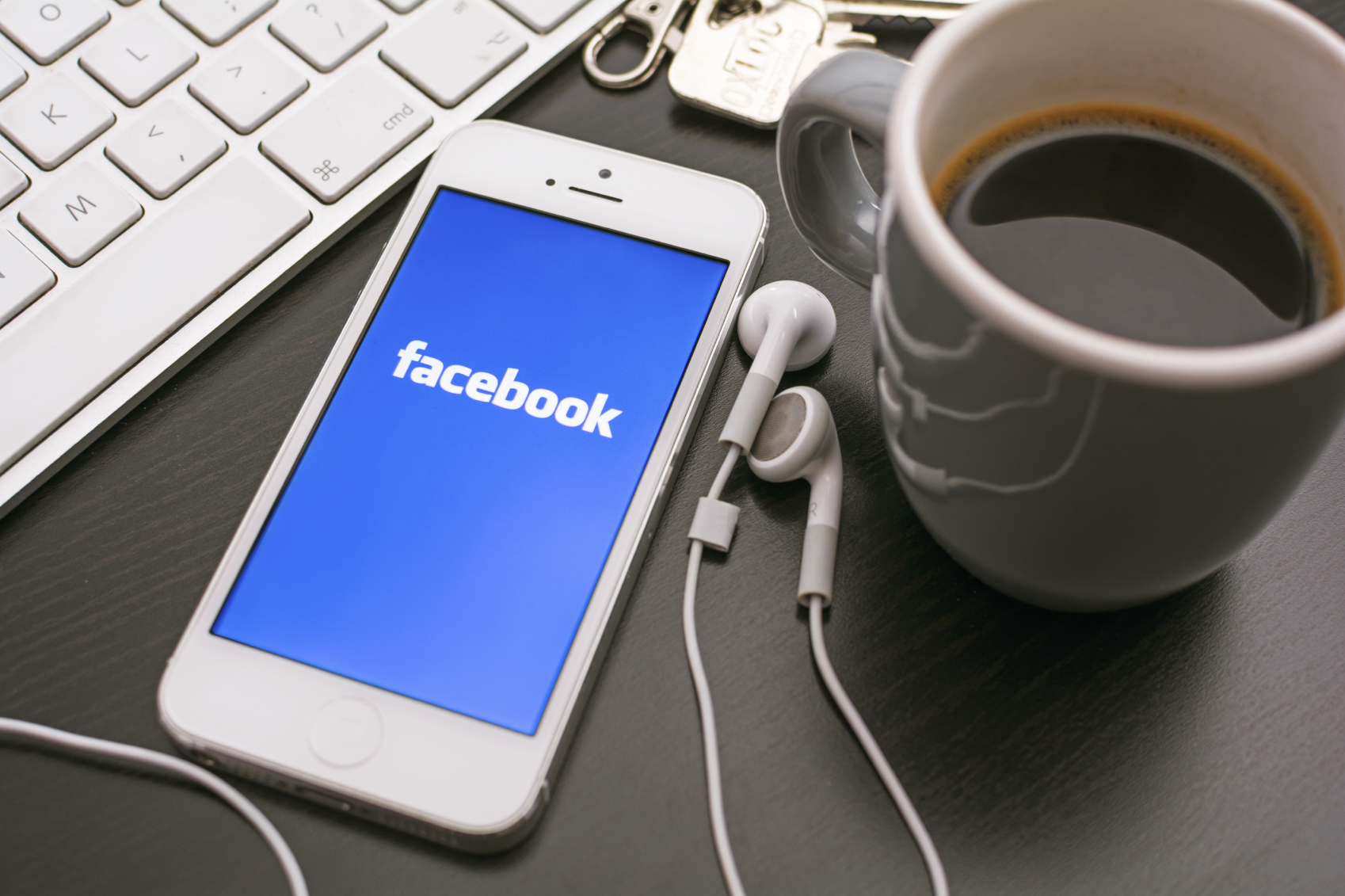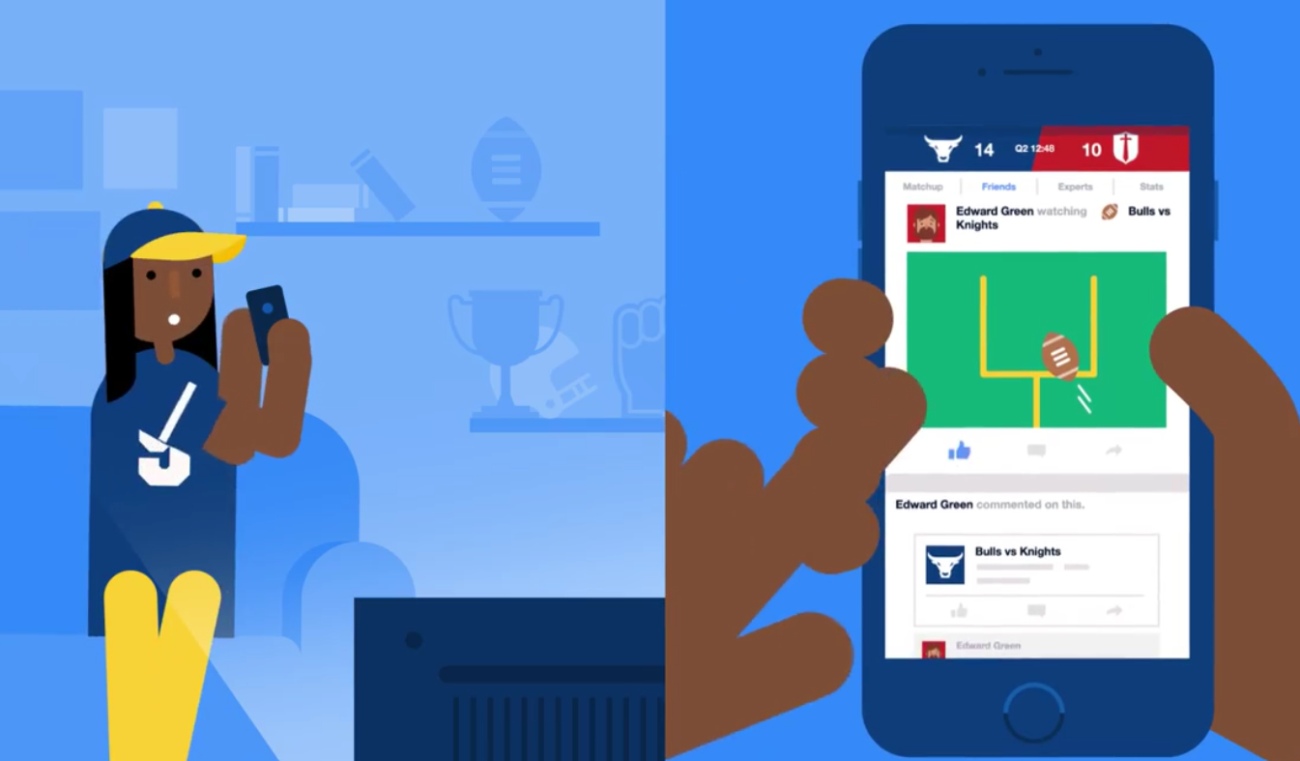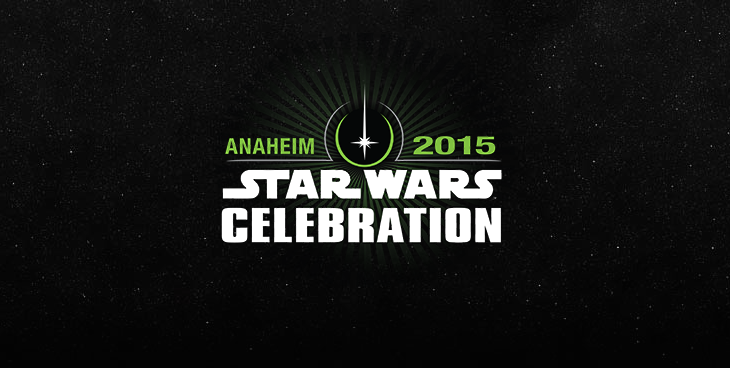What Happened
With its latest update released today, Instagram revamped its private messaging feature Direct to unite both ephemeral and permanent messages in one inbox. Previously, the disappearing Direct Messages would appear as circular icons atop the inbox like Instagram Stories. Now, disappearing ephemeral photo and video messages with traditional permanent text and image messages in the same one-on-one and group threads. Instagram introduced ephemeral messaging in Direct in November, and has since seen Direct usage spike from 300 million to 375 million monthly active users.
What Brands Need To Do
The update significantly enhances the messaging experience on Instagram, giving it an edge over Snapchat and other competitors. The fast growth in active users is a strong indication that Instagram has the potential to be more than a photo-sharing social network and branch out into the messaging space. Given that messaging apps has overtaken social networks in usage as mobile user behaviors shift, brands will need to develop a conversational marketing strategy to reach customers on the messaging platforms.
How We Can Help
The Lab has extensive experience in building Alexa Skills and chatbots to reach consumers on conversational interfaces. So much so that we’ve built a dedicated conversational practice called Dialogue. The new NiroBot we build in collaboration with Ansible for Kia is a good example of how Dialogue can help brands build a conversational customer experience, supercharged by our stack of technology partners with best-in-class solutions and an insights engine that extracts business intelligence from conversational data.
If you’d like to learn more about how to effectively reach consumers on conversational interfaces, or to leverage the Lab’s expertise to take on related client opportunities within the IPG Mediabrands, please contact our Client Services Director Samantha Barrett ([email protected]) to schedule a visit to the Lab.
Source: TechCrunch
